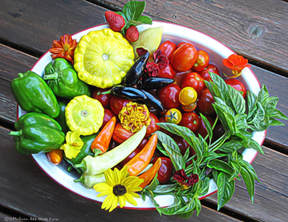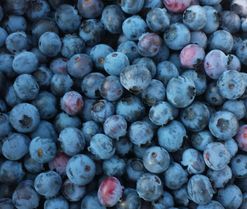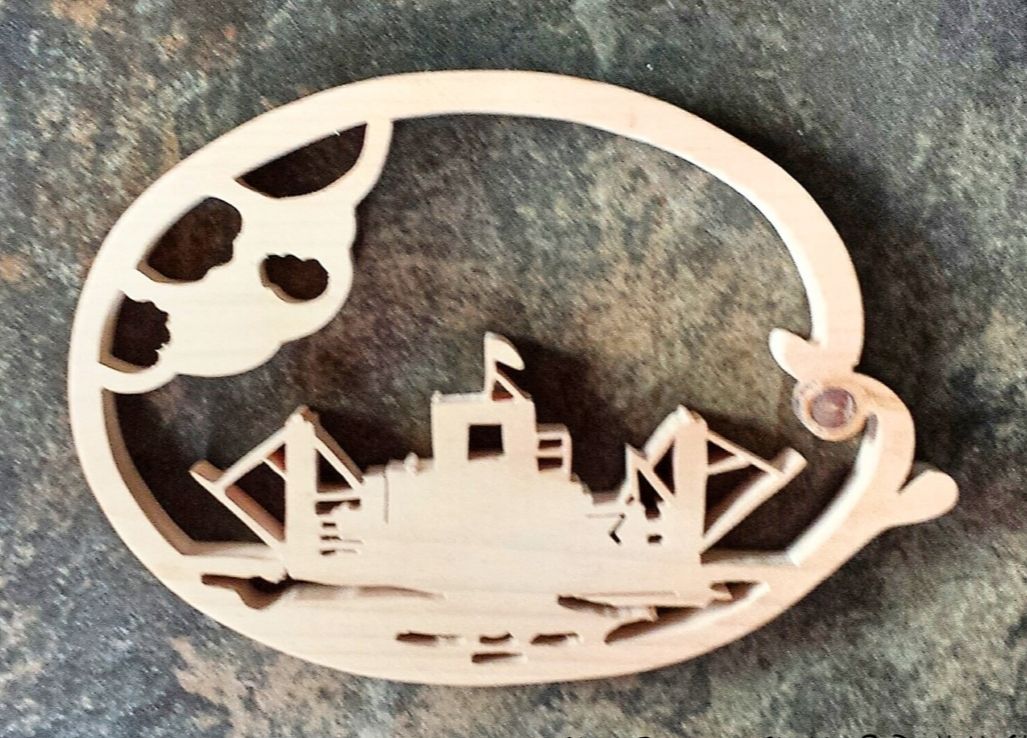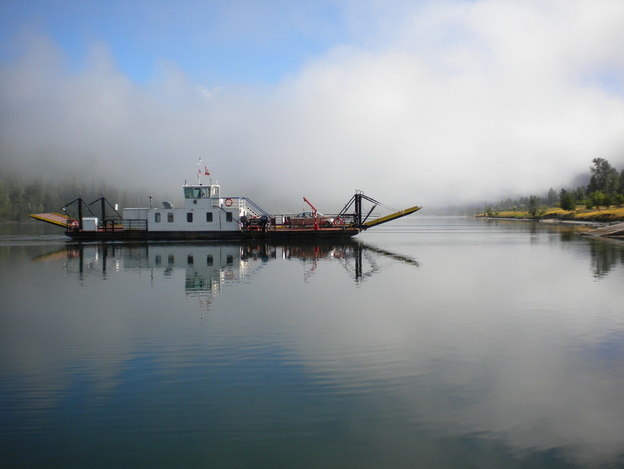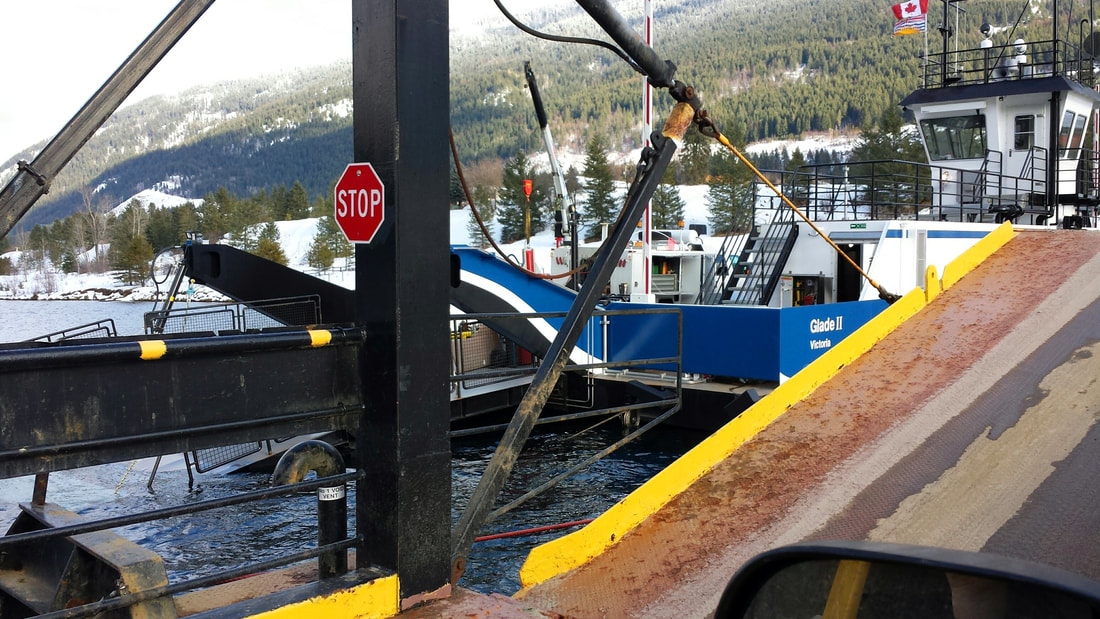|
|
To download the video, go here: https://drive.google.com/file/d/1My6Tv4LP74v1EBFLio73qAht4ISlBjnA/view?usp=sharing Please share to get the word out!
|
Looking for something on our website? See the Search feature at the bottom of every page.
Read the Narwhal article "You Can't Drink Money": https://thenarwhal.ca/you-cant-drink-money-kootenay-communities-fight-logging-protect-drinking-water/
Community of Glade, West Kootenays, BC
The debate is about these main points:
- Our public right to water
- Our public right to health
- The control of our watershed and other water sources that our community depends on.
- The value that the forest adds to the health and welfare of all life is paramount and how we care for the elements of nature that provide us with these benefits should be foremost in our actions.
- Water users are legally responsible for the associated costs and the quality of water.
- We have to act because there are no legal processes in place that protect our water. We have to act because no one else will act for us.
Glade Community History
 Looking south towards Castlegar from hills above Glade. 2016©HMcS
Looking south towards Castlegar from hills above Glade. 2016©HMcS
Glade ('Plodorodnoye' in Russian) was purchased in 1909 by Peter Lordly Verigin for a Doukhobor** settlement. Between 1911-1912, eleven villages for approximately 1200 people had been constructed. Each village had 2 communal Doms, individual residences, a barn, bath house, and gardens.
Glade community had extensive orchards and farming, a sawmill, a cemetery (still used today), a community hall, packing house, blacksmith shop, flour mill, linseed oil press, clover press for seed and a General Store across the river. Acres of vegetables, fruit and grain were grown. The fruit was taken to Brilliant for the jam factory. (excerpt from Glade Centennial Brochure, 2011)
Nowadays, the community is a diverse combination of Doukhobor and non-Doukhobor people. The community has changed from communal doms to residential properties that average 1.5 acres to 5 acres or more. There are still organic farms, hobby farms, livestock big and small and the number of horses are increasing.
There are no amenities, but there is a Community hall with children’s playground. A quick ride over the ferry though and you can find what you want.
Although, in Glade, a person is just as likely to ask their neighbour if they need something. Need a hand moving something? Help with a roof? Borrow a goat to eat some weeds? Eggs, fruit, bread? Need some traditional Russian noodles? Need a machine part made? There are mill workers here, artists, gardeners, bee keepers, motorcycle enthusiasts, traditional and non traditional people, truck drivers, Celgar workers, people who work at Teck, people who weave and spin fibre, full time farmers, part time farmers, retired engineers, ferry operators, small businesses, chefs and lawyers, nurses, dog handlers, dog washers and dog walkers; Selkirk students and Selkirk teachers, retired people and young people, people who have come from ‘away’ and people who were born here —all sorts of people. And like every community, we live in community.
Glade is not a well-known place - some folks have lived in the Kootenay area for forty years and have never been to Glade! But the folks who do come always visit again. If someone wants a quiet bicycle ride, or to put the kayak in the river, enjoy a hike through the woods, admire the waterfall, or a children's playground – Glade has all this.
The Skattebo Trail (south end) and the Ward Ferry Trail (north end) are popular walking and biking trails. The Nelson Friends of Parks and Trails has been granted funding to make the Ward Ferry Trail more accessible and safe for users. There is a beach at the north end of Glade, and there is a boat wharf at Campbell's Landing. The narrow, slow-driven roads are excellent for summer bicyclists and the river affords a beautiful surface for watercraft like canoes and kayaks. Skattebo Trail, Glade Road and Ward Ferry Trail are all part of the TransCanada Trail for this area.
Glade community had extensive orchards and farming, a sawmill, a cemetery (still used today), a community hall, packing house, blacksmith shop, flour mill, linseed oil press, clover press for seed and a General Store across the river. Acres of vegetables, fruit and grain were grown. The fruit was taken to Brilliant for the jam factory. (excerpt from Glade Centennial Brochure, 2011)
Nowadays, the community is a diverse combination of Doukhobor and non-Doukhobor people. The community has changed from communal doms to residential properties that average 1.5 acres to 5 acres or more. There are still organic farms, hobby farms, livestock big and small and the number of horses are increasing.
There are no amenities, but there is a Community hall with children’s playground. A quick ride over the ferry though and you can find what you want.
Although, in Glade, a person is just as likely to ask their neighbour if they need something. Need a hand moving something? Help with a roof? Borrow a goat to eat some weeds? Eggs, fruit, bread? Need some traditional Russian noodles? Need a machine part made? There are mill workers here, artists, gardeners, bee keepers, motorcycle enthusiasts, traditional and non traditional people, truck drivers, Celgar workers, people who work at Teck, people who weave and spin fibre, full time farmers, part time farmers, retired engineers, ferry operators, small businesses, chefs and lawyers, nurses, dog handlers, dog washers and dog walkers; Selkirk students and Selkirk teachers, retired people and young people, people who have come from ‘away’ and people who were born here —all sorts of people. And like every community, we live in community.
Glade is not a well-known place - some folks have lived in the Kootenay area for forty years and have never been to Glade! But the folks who do come always visit again. If someone wants a quiet bicycle ride, or to put the kayak in the river, enjoy a hike through the woods, admire the waterfall, or a children's playground – Glade has all this.
The Skattebo Trail (south end) and the Ward Ferry Trail (north end) are popular walking and biking trails. The Nelson Friends of Parks and Trails has been granted funding to make the Ward Ferry Trail more accessible and safe for users. There is a beach at the north end of Glade, and there is a boat wharf at Campbell's Landing. The narrow, slow-driven roads are excellent for summer bicyclists and the river affords a beautiful surface for watercraft like canoes and kayaks. Skattebo Trail, Glade Road and Ward Ferry Trail are all part of the TransCanada Trail for this area.
**Doukhobors ('Spirit Wrestlers') are a pacifist group that fled persecution in Russia in 1895. War, they said, was incompatible with Christianity. On June 29, 1895, about 7000 Doukhobors destroyed all of their weapons in a decisive demonstration of pacifism – to kill another being is to kill God since the spirit of God dwells within that person.This stand against killing met with harsh repression by the Czarist State and Orthodox Church authorities.
Roughly 7,500 Doukhobors were invited to immigrate to Canada in 1899. Their agrarian communal society was a glowing tribute to their slogan 'Toil and Peaceful Life'. The sudden, violent death of their leader in 1924, the great economic depression as well as reversals in government policy based on a desire for assimilation made it difficult to maintain their high ideals communally and contributed to the collapse of their collective life style.
Today, Doukhobors actively maintain activities such as Sunday Prayer meetings, Russian language classes, various publications and Internet sites, youth activity groups and festivals, fund-raisers for worthy causes, special dinners and active participation in peace groups and other benevolent endeavors based on the theme of pacifism and harmonious interaction with the environment. (excerpt from the http://doukhobor-museum.org/)
Glade bounty...
Glade History
|
Article & Photo: by Greg Nesteroff, Sept 20, 2014. Nelson Star
|








